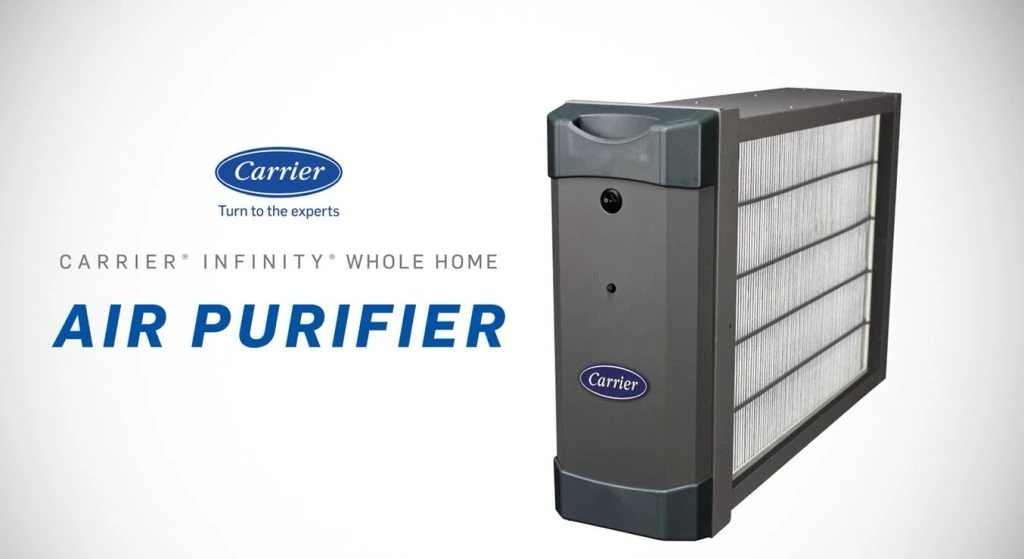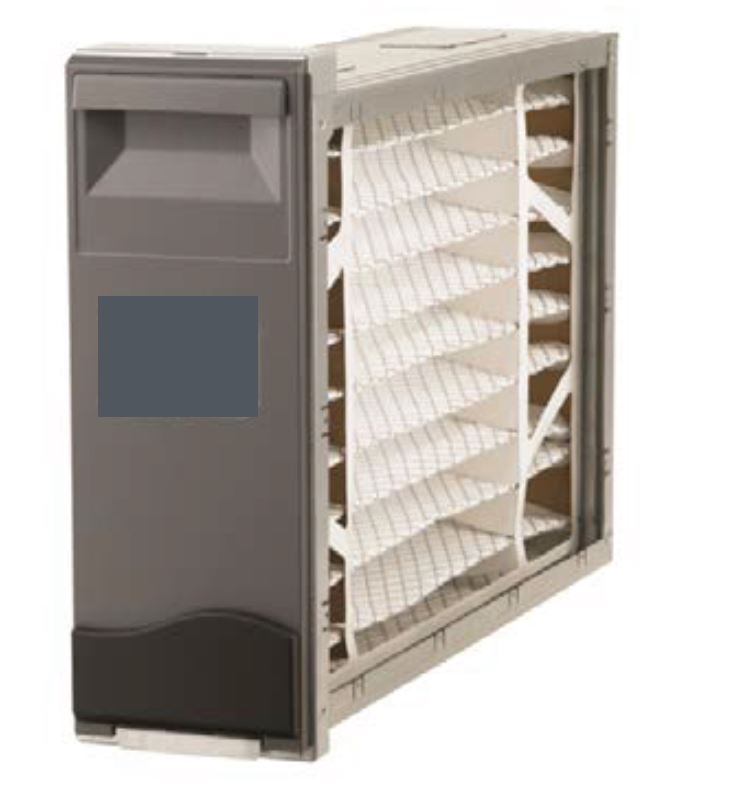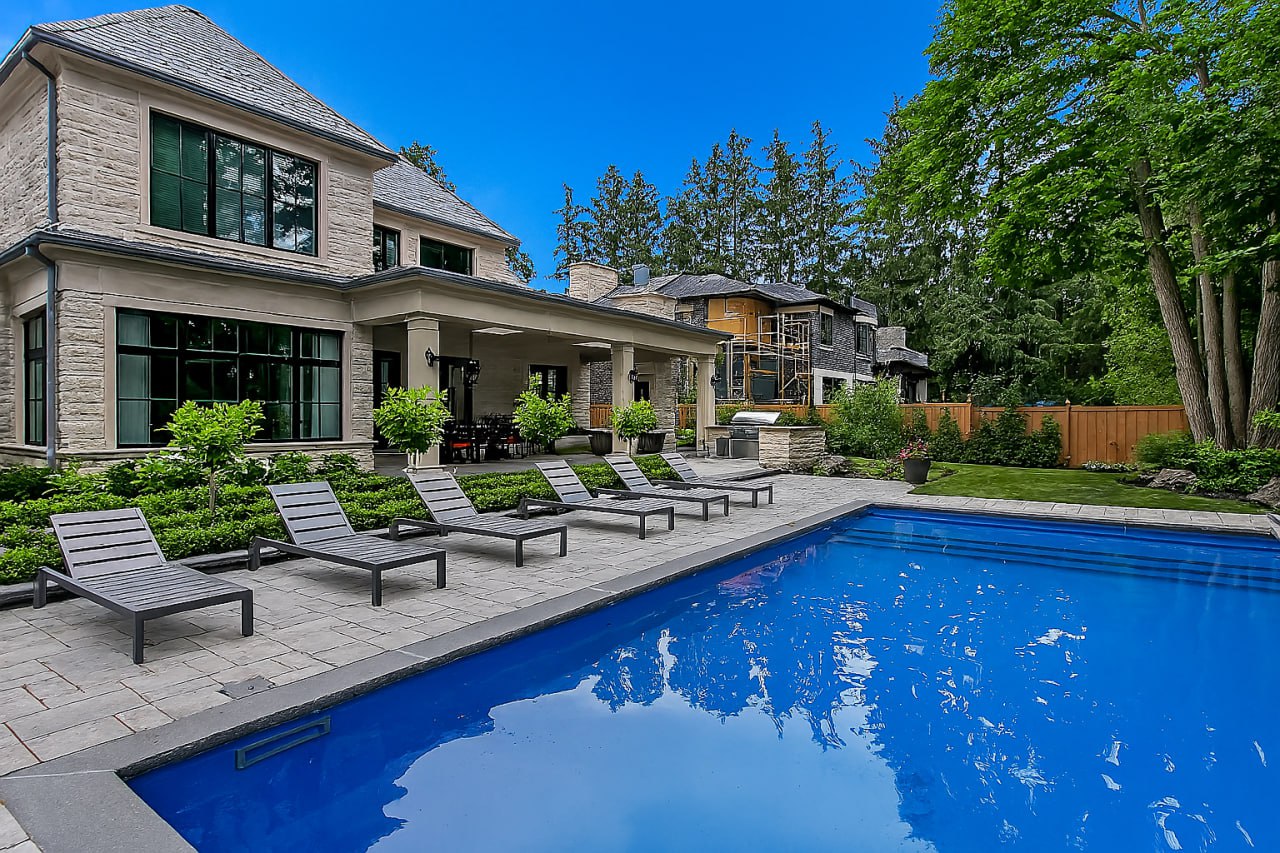
Is it time to change your furnace filter?
Before diving in to the discussion of filters, its worth mentioning the WHY of changing your furnace filter. Scientists have discovered, not surprisingly, that air filtration is a great contributor to occupant health and indoor comfort. The EPA in the USA confirms that indoor air can be 2 to 5 times more polluted than outside air. Now, as homes become more insulated with tightly sealed walls and roof a proactive approach to air filtration is a must. Indoor concentrations of pollutants rise as homes become tighter so everything need to be actively addressed, from dust mites, pet dander and radon to VOC’s , mold spores and even viruses .

A clean furnace filter makes a great difference in indoor comfort and air quality. But more so, having the right filter is essential to your family’s health. And having filtered fresh air brought into your home means healthier indoor air for your family’s health and your HVAC system will also run efficiently, resulting in lower energy bills and greater indoor environmental comfort. Filters are designed to trap airborne dust and particles floating in the air, drawn through the filter into your air handler or furnace. With the myriad manufacturers’ claims and choices of filters vs air purifiers and all in a variety of sizes. Its confusing so we’ll answer the question “which is the best air filter for my home?”
Depending on your furnace type and your lifestyle, or perhaps you have a family member with respiratory issues or allergies, you may need to change your filter more or less frequently. Once you understand the approx life of your filter, most thermostats are programmable with a filter replacement reminder service message so set it and forget it till the reminder notice signals you.
Clues that it’s time to change your furnace filter
As a base line, start with the manufacturer’s guidelines, however there are circumstances that may require you to change your furnace filter more frequently. For instance, after a dusty renovation, it just makes sense to replace it, also with extensive house cleaning your filter is likely to get clogged and in both cases will no longer be effective in properly filtering the air. A tell-tale sign of a clogged filter is furnace short cycling coupled with it being hotter on the upper floors and cooler on the main floor and basement. These are symptoms of reduced air flow, so the air becomes “stacked”, with the warmer air at the higher levels and cold down lower. A simple physical inspection of your filter will, for the most part, be a clear indicator as you see dust build up on the surface.

The good news is that changing a furnace filter, an essential home maintenance task is an easy DIY job. Once you’ve found the air filter slot in your furnace and learned the procedure, future replacements of dirty filters become simple. Buying a multi filter pack provides spare filters and is always a good practice. Be sure to mark your calendar ( or thermostat) for the next swap. As a minimum we recommend changing your filter at the start of the heating season then at the start of the air conditioning season.
Even in warm weather, when your home’s air conditioner is running, it’s crucial to change the furnace filter on time. Perhaps even more so as we tend to not open windows as frequently. A clean, efficient filter helps keep dust from being sucked through your HVAC system – dust can accumulate around the coils of the air conditioner, reducing the unit’s overall cooling efficiency.
So what type of filter do I buy?
Each filter has a (MERV) minimum efficiency reporting value , ranging from 1 to 20. Note that higher ratings mean better filtration. As a minimum we specify MERV 13 for our custom home furnaces.These are typically pleated 4″ filters and are high efficiency (as opposed to 1-inch filters in more modestly priced HVAC systems). Filters with ratings of 6 and lower will block larger particles efficiently but only stop much lower percentages of smaller airborne particles. Filters with ratings higher than 13 are best suited to specialized use, particularly in healthcare settings or perhaps a homeowner who is fastidious about a healthy home!

Thus, the higher the MERV rating, the more efficient the filter is at blocking airborne particles and pollutants. For instance, filters with a rating of MERV 13 block a greater percentage of dust, pet dander, and even microscopic fumes even down to virus size particles.These higher-rated filters have tiny holes, which means only fewer and extremely small particle sizes can pass through, with filter ratings that can scrub air down to 0.3-to-1.0 micron range. These pleated, thicker filters are usually in the 4- to 5-inch thick range. The downside of such filters is that the small holes can clog up more quickly than filters with larger holes, however because the filter is pleated it has a much greater surface area and therefore many more small holes.
Clogged furnace filters have a negative impact on your home’s air quality and can force the unit to work harder to draw air into the system. This can reduce the furnace’s efficiency with reduced filtration capacity and a shorter useful life. Clogged or improperly specified filters also create a bigger drop in air pressure than the furnace is designed for, essentially choking the furnace. So before going to a filter with a higher MERV rating it’s a good idea to talk to your HVAC contractor as the higher back pressures created by higher rated filter types should be checked for suitability to your particular furnace.
Thinner filters clog faster than pleated ones
The two types of furnace filters we’ve discussed above– flat filters and pleated filters are quite different. Flat filters ( the standard 1″) are more likely to clog quicker as they have less surface area than pleated filters and although they tend to be much cheaper, they don’t deliver as much clean air and the air isn’t filtered as finely. The thicker filters have deeper pleats and are made with more surface area, allowing the filter to collect more airborne particles. That means these filters may not clog as quickly.

If you have allergy sufferers at home they will benefit from frequent filter swaps. Although, as we’ve mentioned, caution is advised in homes where someone has dust or pet allergies, it’s best to change furnace filters frequently to ensure good indoor air quality.
Other filter factors and our recommendations
As we build custom homes we are able to specify the filter type on the plans and ensure the air handler or furnace is properly sized right from the get go. As mentioned above with so many pollutants, VOC’s, radon, dust mite debris, dander, viruses etc. the higher rated MERV filters are recommended. Merv 13 is our recommendation for our new homes. These filter out 80-90% of particles between 1.0 – 3.0 microns- that’s down to viral size !
Why MERV 13 ? You may read articles that say these filters are “too” restrictive. This may be true for the average furnace but when the system is engineered, the filter is simply sized appropriately and matched to the air handler or furnace. The reason for such a fine filtration? The system use as a standard for identifying particles that are harmful to humans is PM 2.5. Particles at 2.5 Microns diameter are fine enough to sink deep into the lungs and are tied to, not only respiratory illnesses but heart and lung disease. With a MERV 13 filter and a properly set up HVAC system a great percentage of these harmful particles are caught in the filter as the air is finely cleaned and “scrubbed”.

So if we have the right system, the next consideration is scheduling the proper maintenance intervals to maintain the effectiveness of filters installed in your HVAC systems. For a thicker pleated type filter in the 4- to 5-inch range, we recommend a filter change twice a year. These filters are initially more costly but the filter life far exceeds the 1″ filters that although cheaper should be changed much more regularly as often as once every 6-8 weeks depending on your individual conditions, although common sense is a good guide!
For air quality purposes clean air delivery rate CADR is the important measurement for engineers. This is an indicator of the filtration capabilities, or more accurately the amount of clean air the AC HVAC furnace/ filter can deliver through the home’s air ducts. Consider in the “shoulder” seasons where your furnace isn’t calling for heat, there can be long stretches where the fan isn’t activated. As air quality is greatly dependent on filter efficiency and the fan duration, we recommend that the furnace fan idles ALL THE TIME at a med/ low speed. This not only ensures constant filtered air but also helps to move and mix air throughout the home, equalizing temperature and comfort levels. (An ECM motor is recommended in this application to save energy when the fan is constantly operating)
See below for questions on your home’s furnace filter.
FAQs
How often should furnace filters be changed?
The general rule is to replace or change a 1″ furnace filter at least once every 6-8 weeks. For a thicker pleated filter twice a year with annual AC / Heating service.
However, depending on your lifestyle, you may need to change it more often. With more people working from home and often higher occupancy from blended or extended families these factors influence the frequency. Remember, furnace filter manufacturers usually recommend how often you should swap it but again common sense is a good guide.
What happens if you don’t change your furnace filter?
Dirty furnace filters “choke off” your furnace and have a negative impact on your home’s air quality and if neglected can result in costly HVAC repair bills.
Can I upgrade from a 1″ filter to a 4″ pleated filter?
An HVAC professional would need to check if your current HVAC system is sufficient. Moving to a MERV 13 4″ filter may require adapting the duct work on the furnace and perhaps upsizing the size of the filter. Contact an expert.








